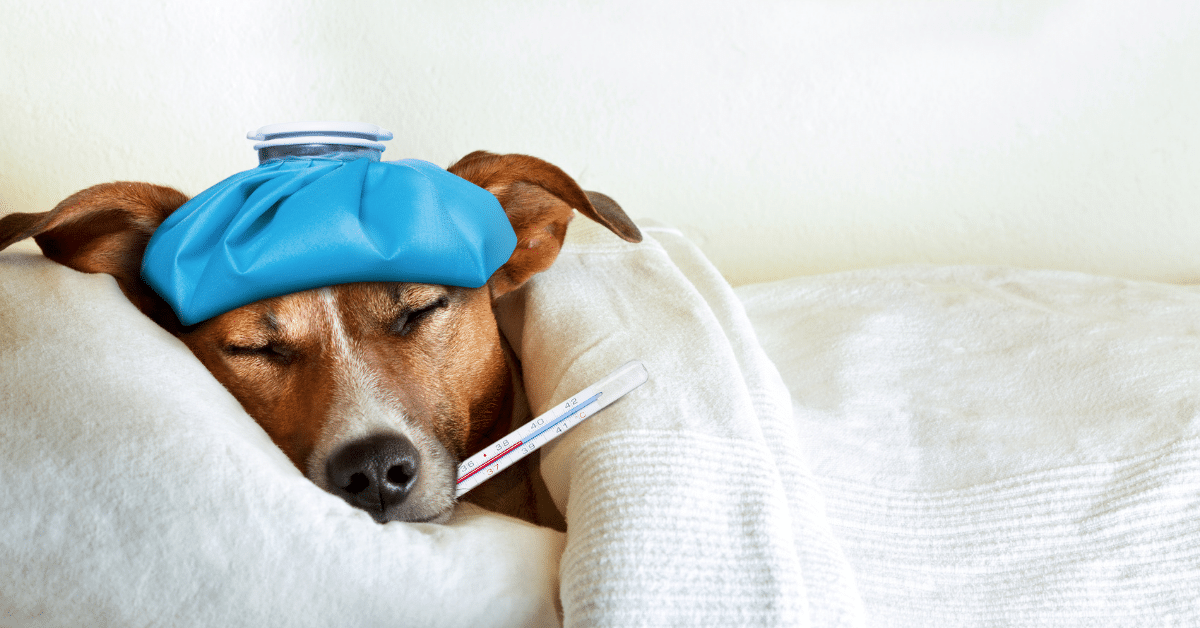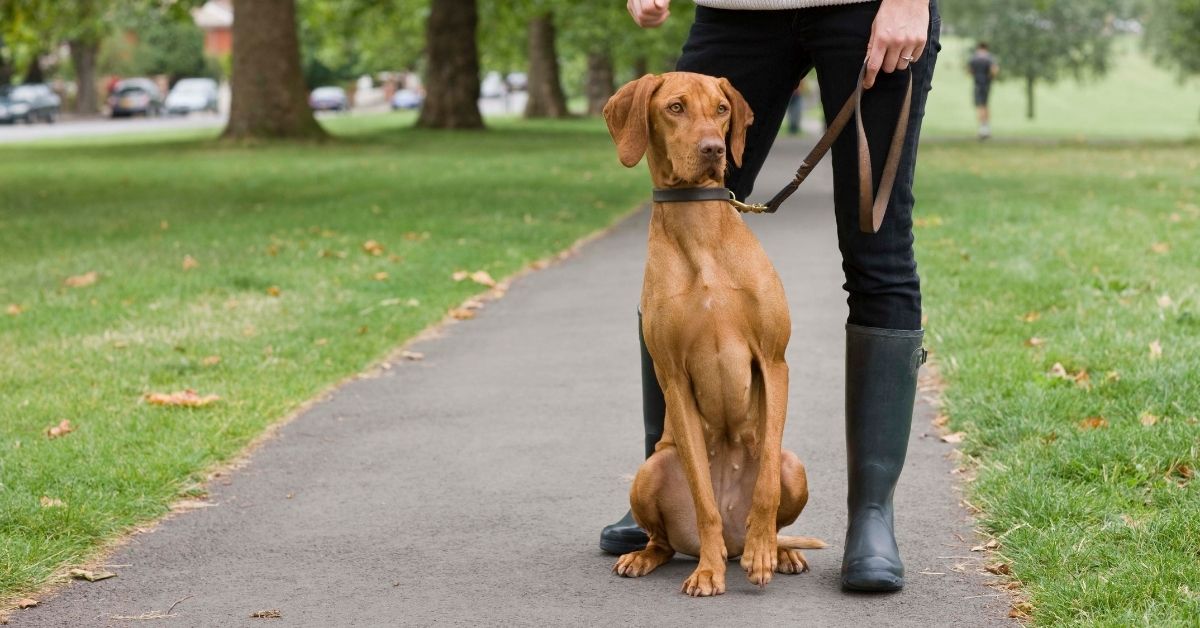5 Signs That Your Dog Is In Pain
Dogs feels pain just like we do. The main difference is that they can’t tell us what they are feeling or where. Being the responsible pet owner that you are it falls to you to be attentive and make sure you can tell when your pet is hurting and needs medical attention.
While your pet can’t tell you what hurts, these 5 signals are great indicators that something may be wrong.
1. Vocalizing with Whining or Yelping
With the use of what voice they do have, these following vocalizations may signal pain:
-
Whine / Whimpering:
- If you notice your dog whines when she gets up, goes up and down stairs, or puts weight on a leg, for example, it’s time to see a vet. An old dog may whine when she moves due to arthritis. Paying attention to this whine may save you money at the vet’s, as untreated injuries can be more costly to fix.
-
Yelping
- This typically happens when dogs play, if they’re accidentally stepped on or if one dog bites the other dog too hard. The yelp is used to communicate the dog’s distress to a pack member (or human) when they are friendly. The other dog or human is expected to react positively to the communication
2. Daily Habits Change
Dogs are creatures of habit, any change to the simple things that your dog does on a daily basis could be a potential sign of distress.
- Lack of appetite or decreased desire to eat.
- Withdrawing from social interactions
- Changes in sleeping or drinking
- Going potty inside or changes in house training habits
- Sleeping more than usual
3. Self-Inflicted Injury / Overly Licking & Biting
Dogs tend to inflict injury on themselves for a variety of reasons through licking, biting, or chasing themselves.
-
Medical, such as allergies.
- Anyone that has allergies can easily relate to the itching of their skin and dogs are no different. This may cause your dog to lick their skin until sores appear or if the allergy is bad enough it can cause lesions in your dog’s skin that is made worse by the licking. Allergies can be helped by medication prescribed by your veterinarian.
-
Parasites may cause your dog to bite and lick at his skin.
- If they are infested with parasites they will do what they must to find relief. Parasites may lead to other problems such as bacterial infections or fungal infections. This is usually remedied with medicines provided to you from your veterinarian.
-
Psychological problems may be presented by a constant chasing of the tail or biting it.
- We’ve all seen the cute videos of dogs chasing their tails not realizing that it may be a sign that something is wrong. This action can cause serious injury to your dog if he catches his tail. Sometimes the biting can be so severe that it may lead to the amputation of his tail.
4. Activity Levels Change
A decrease in activity level can be the sign of an infection, such as Heartworms or Kennel cough. Could also be a sign of a disease, such as Diabetes, heart disease, or liver disease. Arthritis or other joint/muscle pain may also be the cause.
Key symptoms to look out for are as follows.
- Restlessness
- Reluctance to move
- Difficulty getting up from laying
- Continually gets up then lies down like they are not able to achieve a level of comfort
- Trembling, circling or lying still
5. Self-Protection / Guarding Parts of the Body
As much as your canine companion may love you she doesn’t want to feel pain. If your dog is in pain or has a nagging injury she will guard parts of the body to avoid being touched in the injured area.
Keep an eye out for these indicators:
- Protects a specific body part
- Doesn’t put weight on a limb
- Limps or avoids weight on limb
- Doesn’t want to be held or picked up
These are only a fraction of the signs that can alert you to your pet being in pain. Please be mindful and alert your veterinarian immediately should your pet act differently or exhibit any of the above signs. It’s not fun being in pain, but with a little diligence and care your dog will get the care she needs when she needs it.





